How to use Cloudflare Observatory for performance experiments


Website performance is crucial to the success of online businesses. Study after study has shown that an increased load time directly affects sales. But how do you get test products that could improve your website speed without incurring an element of risk?
In today's digital landscape, it is easy to find code optimizations on the Internet including our own developers documentation to improve the performance of your website or web applications. However, implementing these changes without knowing the impact they’ll have can be daunting. It could also cause an outage, taking websites or applications offline entirely, leaving admins scrambling to remove the offending code and get the business back online.
Users need a way to see the impact of these improvements on their websites without impacting uptime. They want to understand “If I enabled this, what performance boost should I expect to get?”.
Today, we are excited to announce Performance Experiments in Cloudflare Observatory. Performance Experiments gives users a safe place to experiment and determine what the best setup is to improve their website performance before pushing it live for all visitors to benefit from. Cloudflare users will be able to simply enter the desired code, run our Continue reading
Argo Smart Routing for UDP: speeding up gaming, real-time communications and more


Today, Cloudflare is super excited to announce that we’re bringing traffic acceleration to customer’s UDP traffic. Now, you can improve the latency of UDP-based applications like video games, voice calls, and video meetings by up to 17%. Combining the power of Argo Smart Routing (our traffic acceleration product) with UDP gives you the ability to supercharge your UDP-based traffic.
When applications use TCP vs. UDP
Typically when people talk about the Internet, they think of websites they visit in their browsers, or apps that allow them to order food. This type of traffic is sent across the Internet via HTTP which is built on top of the Transmission Control Protocol (TCP). However, there’s a lot more to the Internet than just browsing websites and using apps. Gaming, live video, or tunneling traffic to different networks via a VPN are all common applications that don’t use HTTP or TCP. These popular applications leverage the User Datagram Protocol (or UDP for short). To understand why these applications use UDP instead of TCP, we’ll need to dig into how these different applications work.
When you load a web page, you generally want to see the entire web page; the website would be confusing Continue reading
Faster website, more customers: Cloudflare Observatory can help your business grow

This post is also available in 简体中文, 日本語 and Español.

Website performance is crucial to the success of online businesses. Study after study has shown that an increased load time directly affects sales. In highly competitive markets the performance of a website is crucial for success. Just like a physical shop situated in a remote area faces challenges in attracting customers, a slow website encounters similar difficulties in attracting traffic. It is vital to measure and improve website performance to enhance user experience and maximize online engagement. Results from testing at home don’t take into account how your customers in different countries, on different devices, with different Internet connections experience your website.
Simply put, you might not know how your website is performing. And that could be costing your business money every single day.
Today we are excited to announce Cloudflare Observatory - the new home of performance at Cloudflare.

Cloudflare users can now easily monitor website performance using Real User Monitoring (RUM) data along with scheduled tests from different regions in a single dashboard. This will identify any performance issues your website may have. The best bit? Once we’ve identified any issues, Observatory will highlight customized recommendations Continue reading
INP. Get ready for the new Core Web Vital

INP will replace FID in the Core Web Vitals

On May 10, 2023, Google announced that INP will replace FID in the Core Web Vitals in March 2024. The Core Web Vitals play a role in the Google Search algorithm. So website owners who care about Search Engine Optimization (SEO) should prepare for the change. Otherwise their search ranking might suffer.
This post will first explain what FID, INP and the Core Web Vitals are. Then it will show how FID and INP relate to each other across a large range of Cloudflare sites. (Spoiler alert - If a site has ‘Good’ scoring FID, it might not have ‘Good’ scoring INP). Then it will discuss how to prepare for this change and how Cloudflare can help.
A few definitions
In order to make sense of the upcoming change, here are some definitions that will set the scene.
Core Web Vitals
Measuring user-centric web performance is challenging. To face this challenge, Google developed a series of metrics called the Web Vitals. These Web Vitals are signals that measure different aspects of web performance. For example Time To First Byte (TTFB) is one of the Web Vitals: from the perspective of the Continue reading
Introducing Low-Latency HLS Support for Cloudflare Stream


Stream Live lets users easily scale their live streaming apps and websites to millions of creators and concurrent viewers without having to worry about bandwidth costs or purchasing hardware for real-time encoding at scale. Stream Live lets users focus on the content rather than the infrastructure — taking care of the codecs, protocols, and bitrate automatically. When we launched Stream Live last year, we focused on bringing high quality, feature-rich streaming to websites and applications with HTTP Live Streaming (HLS).
Today, we're excited to introduce support for Low-Latency HTTP Live Streaming (LL-HLS) in a closed beta, offering you an even faster streaming experience. LL-HLS will reduce the latency a viewer may experience on their player from highs of around 30 seconds to less than 10 in many cases. Lower latency brings creators even closer to their viewers, empowering customers to build more interactive features like Q&A or chat and enabling the use of live streaming in more time-sensitive applications like sports, gaming, and live events.
Broadcast with less than 10-second latency
LL-HLS is an extension of HLS and allows us to reduce glass-to-glass latency — the time between something happening on the broadcast end and a user seeing it on Continue reading
Every request, every microsecond: scalable machine learning at Cloudflare


In this post, we will take you through the advancements we've made in our machine learning capabilities. We'll describe the technical strategies that have enabled us to expand the number of machine learning features and models, all while substantially reducing the processing time for each HTTP request on our network. Let's begin.
Background
For a comprehensive understanding of our evolved approach, it's important to grasp the context within which our machine learning detections operate. Cloudflare, on average, serves over 46 million HTTP requests per second, surging to more than 63 million requests per second during peak times.
Machine learning detection plays a crucial role in ensuring the security and integrity of this vast network. In fact, it classifies the largest volume of requests among all our detection mechanisms, providing the final Bot Score decision for over 72% of all HTTP requests. Going beyond, we run several machine learning models in shadow mode for every HTTP request.
At the heart of our machine learning infrastructure lies our reliable ally, CatBoost. It enables ultra low-latency model inference and ensures high-quality predictions to detect novel threats such as stopping bots targeting our customers' mobile apps. However, it's worth noting that machine learning Continue reading
How Orpheus automatically routes around bad Internet weather


Cloudflare’s mission is to help build a better Internet for everyone, and Orpheus plays an important role in realizing this mission. Orpheus identifies Internet connectivity outages beyond Cloudflare’s network in real time then leverages the scale and speed of Cloudflare’s network to find alternative paths around those outages. This ensures that everyone can reach a Cloudflare customer’s origin server no matter what is happening on the Internet. The end result is powerful: Cloudflare protects customers from Internet incidents outside our network while maintaining the average latency and speed of our customer’s traffic.
A little less than two years ago, Cloudflare made Orpheus automatically available to all customers for free. Since then, Orpheus has saved 132 billion Internet requests from failing by intelligently routing them around connectivity outages, prevented 50+ Internet incidents from impacting our customers, and made our customer’s origins more reachable to everyone on the Internet. Let’s dive into how Orpheus accomplished these feats over the last year.
Increasing origin reachability
One service that Cloudflare offers is a reverse proxy that receives Internet requests from end users then applies any number of services like DDoS protection, caching, load balancing, and / or encryption. If the response Continue reading
Smart Hints make code-free performance simple

This post is also available in 简体中文, 日本語, Deutsch, Français and Español.

Today, we’re excited to announce how we’re making Early Hints and Fetch Priorities automatic using the power of Cloudflare’s network. Almost a year ago we launched Early Hints. Early Hints are a method that allows web servers to asynchronously send instructions to the browser whilst the web server is getting the full response ready. This gives proactive suggestions to the browser on how to load the webpage faster for the visitor rather than idly waiting to receive the full webpage response.
In initial lab experiments, we observed page load improvements exceeding 30%. Since then, we have sent about two-trillion hints on behalf of over 150,000 websites using the product.
In order to effectively use Early Hints on a website, HTTP link headers or HTML link elements must be configured to specify which assets should be preloaded or which third-party servers should be preconnected. Making these decisions requires understanding how your website interacts with browsers, and identifying render-blocking assets to hint on without implementing prioritization strategies that saturate network bandwidth on non-critical assets (i.e. you can’t just Early Hint everything and expect good results).
For Continue reading
Cloudflare’s global network grows to 300 cities and ever closer to end users with connections to 12,000 networks


We make no secret about how passionate we are about building a world-class global network to deliver the best possible experience for our customers. This means an unwavering and continual dedication to always improving the breadth (number of cities) and depth (number of interconnects) of our network.
This is why we are pleased to announce that Cloudflare is now connected to over 12,000 Internet networks in over 300 cities around the world!
The Cloudflare global network runs every service in every data center so your users have a consistent experience everywhere—whether you are in Reykjavík, Guam or in the vicinity of any of the 300 cities where Cloudflare lives. This means all customer traffic is processed at the data center closest to its source, with no backhauling or performance tradeoffs.
Having Cloudflare’s network present in hundreds of cities globally is critical to providing new and more convenient ways to serve our customers and their customers. However, the breadth of our infrastructure network provides other critical purposes. Let’s take a closer look at the reasons we build and the real world impact we’ve seen to customer experience:
Reduce latency
Our network allows us to sit approximately 50 ms from 95% Continue reading
How Cloudflare runs machine learning inference in microseconds


Cloudflare executes an array of security checks on servers spread across our global network. These checks are designed to block attacks and prevent malicious or unwanted traffic from reaching our customers’ servers. But every check carries a cost - some amount of computation, and therefore some amount of time must be spent evaluating every request we process. As we deploy new protections, the amount of time spent executing security checks increases.
Latency is a key metric on which CDNs are evaluated. Just as we optimize network latency by provisioning servers in close proximity to end users, we also optimize processing latency - which is the time spent processing a request before serving a response from cache or passing the request forward to the customers’ servers. Due to the scale of our network and the diversity of use-cases we serve, our edge software is subject to demanding specifications, both in terms of throughput and latency.
Cloudflare's bot management module is one suite of security checks which executes during the hot path of request processing. This module calculates a variety of bot signals and integrates directly with our front line servers, allowing us to customize behavior based on those signals. This module Continue reading
Welcome to Speed Week 2023


What we consider ‘fast’ is changing. In just over a century we’ve cut the time taken to travel to the other side of the world from 28 days to 17 hours. We developed a vaccine for a virus causing a global pandemic in just one year - 10% of the typical time. AI has reduced the time taken to complete software development tasks by 55%. As a society, we are driven by metrics - and the need to beat what existed before.
At Cloudflare we don't focus on metrics of days gone by. We’re not aiming for “faster horses”. Instead we are driven by questions such as “What does it actually look like for users?”, “How is this actually speeding up the Internet?”, and “How does this make the customer faster?”.
This innovation week we are helping users measure what matters. We will cover a range of topics including how we are fastest at Zero Trust, have the fastest network and a deep dive on cache purge and why global purge latency mightn’t be the gold star it's made out to be. We’ll also cover why Time to First Byte is generally a bad measurement. And what Continue reading
Exam-related Internet shutdowns in Iraq and Algeria put connectivity to the test

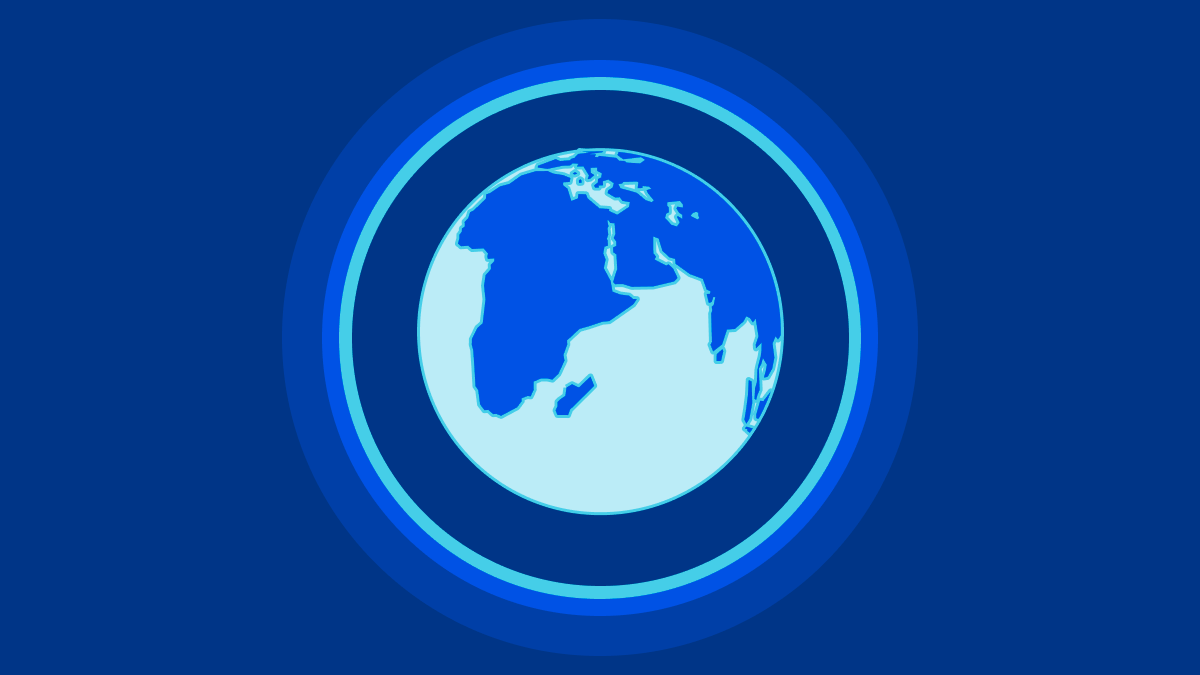
Over the last several years, governments in a number of countries in the Middle East/Northern Africa (MENA) region have taken to implementing widespread nationwide shutdowns in an effort to prevent cheating on nationwide academic exams. Although it is unclear whether such shutdowns are actually successful in curbing cheating, it is clear that they take a financial toll on the impacted countries, with estimated losses in the millions of US dollars.
During the first two weeks of June 2023, we’ve seen Iraq implementing a series of multi-hour shutdowns that will reportedly occur through mid-July, as well as Algeria taking similar actions to prevent cheating on baccalaureate exams. Shutdowns in Syria were reported to begin on June 7, but there’s been no indication of them in traffic data as of this writing (June 13). These actions echo those taken in Iraq, Syria, Sudan, and Algeria in 2022 and in Syria and Sudan in 2021.
(Note: The interactive graphs below have been embedded directly into the blog post using a new Cloudflare Radar feature. This post is best viewed in landscape mode when on a mobile device.)
Iraq
Iraq had reportedly committed on May 15 to not implementing Internet shutdowns during the Continue reading
Protecting GraphQL APIs from malicious queries


Starting today, Cloudflare’s API Gateway can protect GraphQL APIs against malicious requests that may cause a denial of service to the origin. In particular, API Gateway will now protect against two of the most common GraphQL abuse vectors: deeply nested queries and queries that request more information than they should.
Typical RESTful HTTP APIs contain tens or hundreds of endpoints. GraphQL APIs differ by typically only providing a single endpoint for clients to communicate with and offering highly flexible queries that can return variable amounts of data. While GraphQL’s power and usefulness rests on the flexibility to query an API about only the specific data you need, that same flexibility adds an increased risk of abuse. Abusive requests to a single GraphQL API can place disproportional load on the origin, abuse the N+1 problem, or exploit a recursive relationship between data dimensions. In order to add GraphQL security features to API Gateway, we needed to obtain visibility inside the requests so that we could apply different security settings based on request parameters. To achieve that visibility, we built our own GraphQL query parser. Read on to learn about how we built the parser and the security features it enabled.
Continue reading
Cloudflare Area 1 earns SOC 2 report
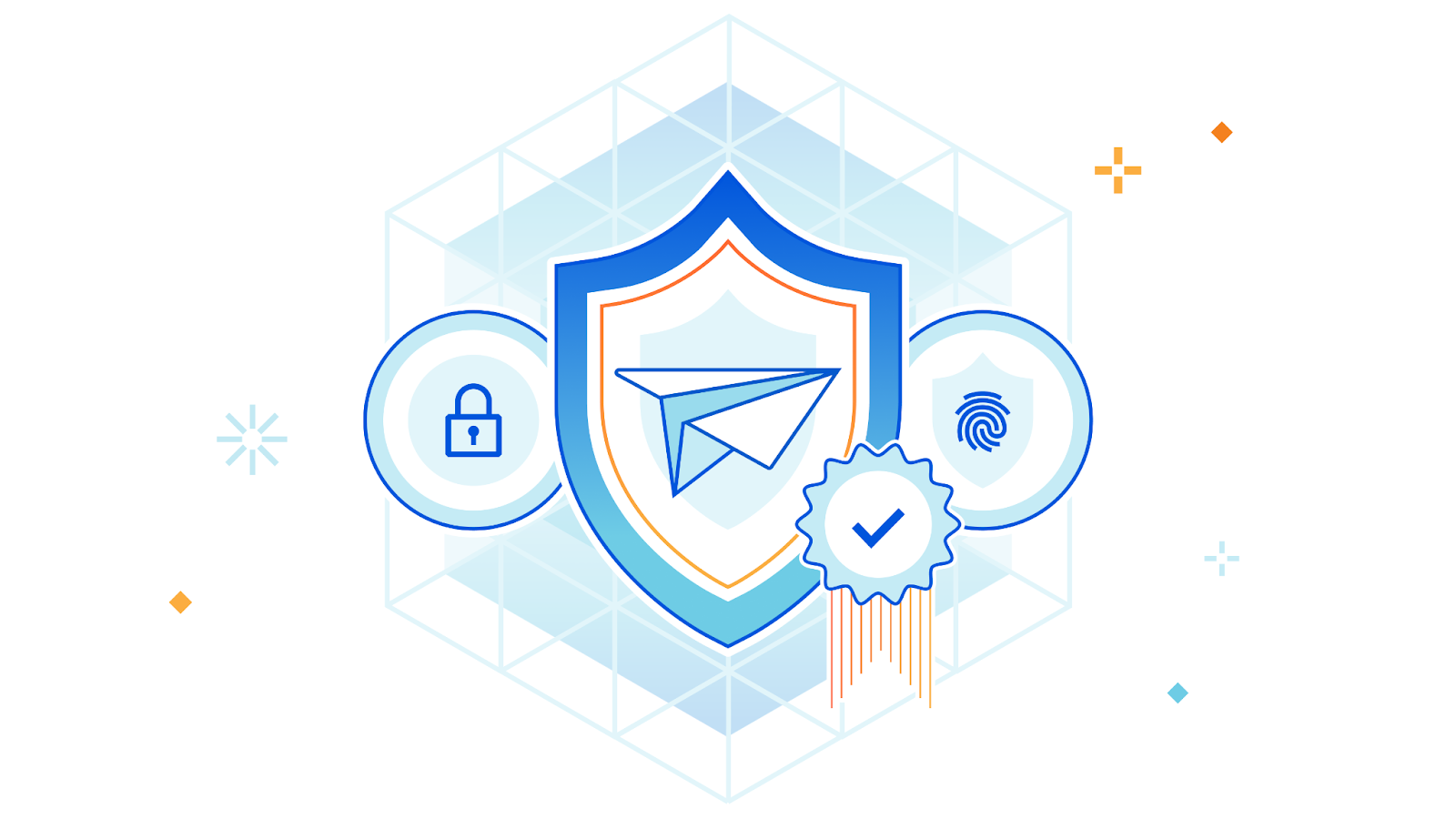

Cloudflare Area 1 is a cloud-native email security service that identifies and blocks attacks before they hit user inboxes, enabling more effective protection against spear phishing, Business Email Compromise (BEC), and other advanced threats. Cloudflare Area 1 is part of the Cloudflare Zero Trust platform and an essential component of a modern security and compliance strategy, helping organizations to reduce their attackers surface, detect and respond to threats faster, and improve compliance with industry regulations and security standards.
This announcement is another step in our commitment to remaining strong in our security posture.
Our SOC 2 Journey
Many customers want assurance that the sensitive information they send to us can be kept safe. One of the best ways to provide this assurance is a SOC 2 Type II report. We decided to obtain the report as it is the best way for us to demonstrate the controls we have in place to keep Cloudflare Area 1 and its infrastructure secure and available.
Cloudflare Area 1’s SOC 2 Type II report covers a 3 month period from 1 January 2023 to 31 March 2023. Our auditors assessed the operating effectiveness of the 70 controls we’ve implemented to meet the Continue reading
Understand the impact of Waiting Room settings with Waiting Room Analytics

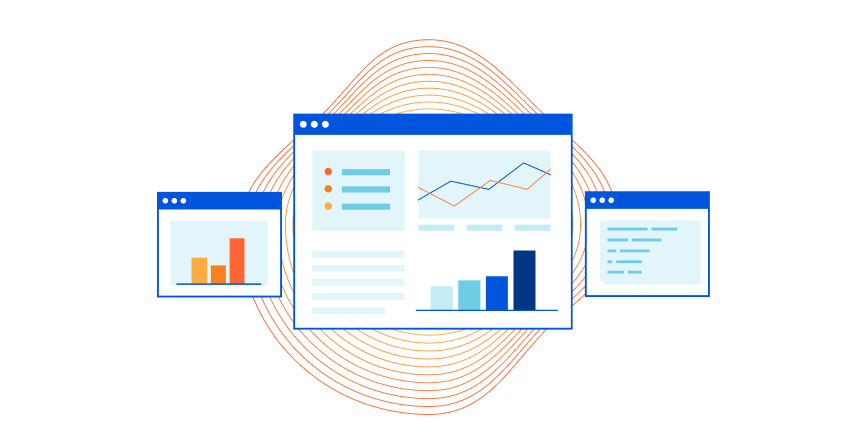
In January 2021, we gave you a behind-the-scenes look at how we built Waiting Room on Cloudflare’s Durable Objects. Today, we are thrilled to announce the launch of Waiting Room Analytics and tell you more about how we built this feature. Waiting Room Analytics offers insights into end-user experience and provides visualizations of your waiting room traffic. These new metrics enable you to make well-informed configuration decisions, ensuring an optimal end-user experience while protecting your site from overwhelming traffic spikes.
If you’ve ever bought tickets for a popular concert online you’ll likely have been put in a virtual queue. That’s what Waiting Room provides. It keeps your site up and running in the face of overwhelming traffic surges. Waiting Room sends excess visitors to a customizable virtual waiting room and admits them to your site as spots become available.
While customers have come to rely on the protection Waiting Room provides against traffic surges, they have faced challenges analyzing their waiting room’s performance and impact on end-user flow. Without feedback about waiting room traffic as it relates to waiting room settings, it was challenging to make Waiting Room configuration decisions.
Up until now, customers could only monitor their waiting room's Continue reading
Examining HTTP/3 usage one year on


In June 2022, after the publication of a set of HTTP-related Internet standards, including the RFC that formally defined HTTP/3, we published HTTP RFCs have evolved: A Cloudflare view of HTTP usage trends. One year on, as the RFC reaches its first birthday, we thought it would be interesting to look back at how these trends have evolved over the last year.
Our previous post reviewed usage trends for HTTP/1.1, HTTP/2, and HTTP/3 observed across Cloudflare’s network between May 2021 and May 2022, broken out by version and browser family, as well as for search engine indexing and social media bots. At the time, we found that browser-driven traffic was overwhelmingly using HTTP/2, although HTTP/3 usage was showing signs of growth. Search and social bots were mixed in terms of preference for HTTP/1.1 vs. HTTP/2, with little-to-no HTTP/3 usage seen.
Between May 2022 and May 2023, we found that HTTP/3 usage in browser-retrieved content continued to grow, but that search engine indexing and social media bots continued to effectively ignore the latest version of the web’s core protocol. (Having said that, the benefits of HTTP/3 are very user-centric, and arguably offer minimal benefits to Continue reading
Nine years of Project Galileo and how the last year has changed it
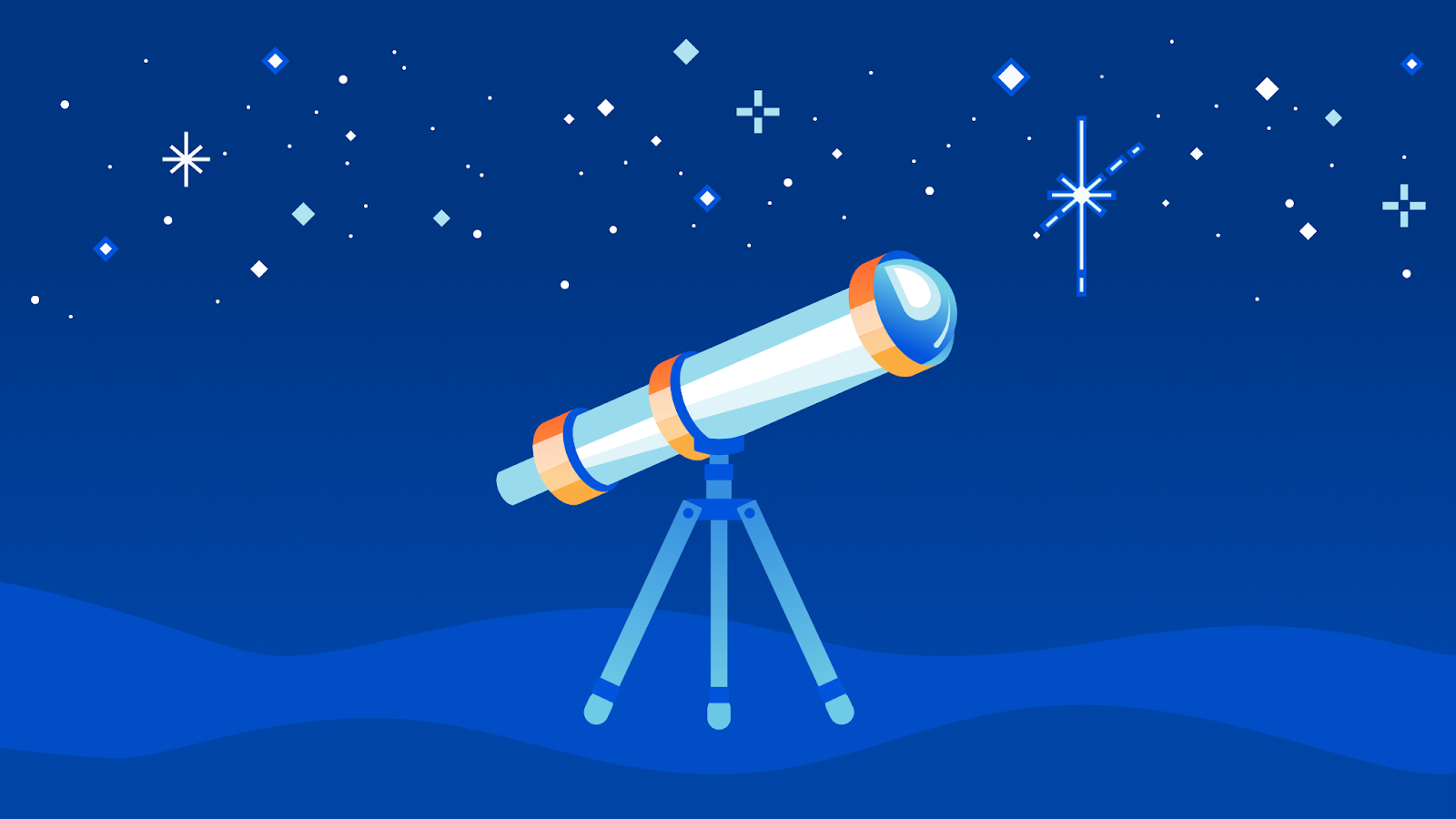

If you follow Cloudflare, you know that Birthday Week is a big deal. We’ve taken a similar approach to Project Galileo since its founding in 2014. For the anniversary, we typically give an overview of what we have learned to protect the most vulnerable in the last year and announce new product features, partnerships, and how we’ve been able to expand the project.
When our Cloudflare Impact team was preparing for the anniversary, we noticed a theme. Many of the projects we worked on throughout the year involved Project Galileo. From access to new products, development of privacy-enhancing technologies, collaborations with civil society and governments, we saw that the project played a role in either facilitating conversation with the right people or bridging gaps.
After reflecting on the last year, we’ve seen a project that was initially intended to keep journalism and media sites online grew into more. So, for this year, in addition to new announcements, we want to take the time to reflect on how we have seen Project Galileo transform and how we look toward the future in protecting the most vulnerable on the Internet.
Project Galileo +
The original goal of Project Galileo was simple. Although Continue reading
Dynamic data collection with Zaraz Worker Variables

Bringing dynamic data to the server

Since its inception, Cloudflare Zaraz, the server-side third-party manager built for speed, privacy and security, has strived to offer a way for marketers and developers alike to get the data they need to understand their user journeys, without compromising on page performance. Cloudflare Zaraz makes it easy to transition from traditional client-side data collection based on marketing pixels in users’ browsers, to a server-side paradigm that shares events with vendors from the edge.
When implementing data collection on websites or mobile applications, analysts and digital marketers usually first define the set of interactions and attributes they want to measure, formalizing those requirements along technical specifications in a central document (“tagging plan”). Developers will later implement the required code to make those attributes available for the third party manager to pick it up. For instance, an analyst may want to analyze page views based on an internal name instead of the page title or page pathname. They would therefore define an example “page name” attribute that would need to be made available in the context of the page, by the developer. From there, the analyst would configure the tag management system to pick the attribute’s Continue reading
Cloudflare is deprecating Railgun

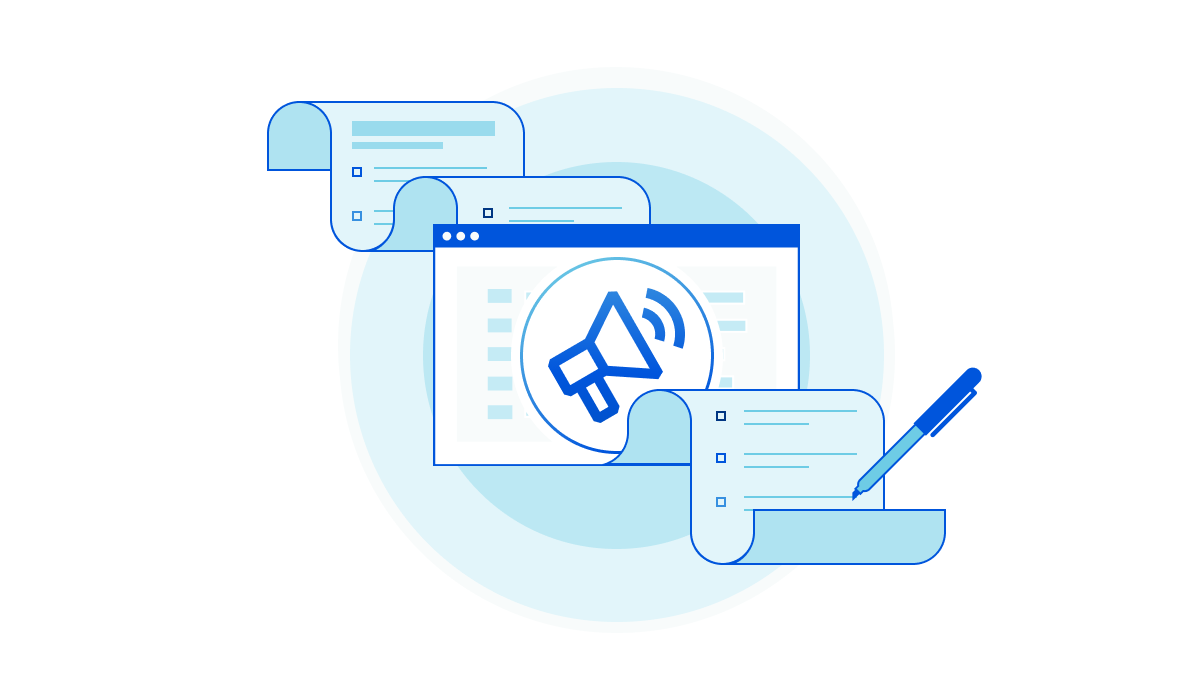
Cloudflare will deprecate the Railgun product on January 31, 2024. At that time, existing Railgun deployments and connections will stop functioning. Customers have the next eight months to migrate to a supported Cloudflare alternative which will vary based on use case.
Cloudflare first launched Railgun more than ten years ago. Since then, we have released several products in different areas that better address the problems that Railgun set out to solve. However, we shied away from the work to formally deprecate Railgun.
That reluctance led to Railgun stagnating and customers suffered the consequences. We did not invest time in better support for Railgun. Feature requests never moved. Maintenance work needed to occur and that stole resources away from improving the Railgun replacements. We allowed customers to deploy a zombie product and, starting with this deprecation, we are excited to correct that by helping teams move to significantly better alternatives that are now available in Cloudflare’s network.
We know that this will require migration effort from Railgun customers over the next eight months. We want to make that as smooth as possible. Today’s announcement features recommendations on how to choose a replacement, how to get started, and guidance on where you Continue reading
Reduce latency and increase cache hits with Regional Tiered Cache


Today we’re excited to announce an update to our Tiered Cache offering: Regional Tiered Cache.
Tiered Cache allows customers to organize Cloudflare data centers into tiers so that only some “upper-tier” data centers can request content from an origin server, and then send content to “lower-tiers” closer to visitors. Tiered Cache helps content load faster for visitors, makes it cheaper to serve, and reduces origin resource consumption.
Regional Tiered Cache provides an additional layer of caching for Enterprise customers who have a global traffic footprint and want to serve content faster by avoiding network latency when there is a cache miss in a lower-tier, resulting in an upper-tier fetch in a data center located far away. In our trials, customers who have enabled Regional Tiered Cache have seen a 50-100ms improvement in tail cache hit response times from Cloudflare’s CDN.
What problem does Tiered Cache help solve?
First, a quick refresher on caching: a request for content is initiated from a visitor on their phone or computer. This request is generally routed to the closest Cloudflare data center. When the request arrives, we look to see if we have the content cached to respond to Continue reading